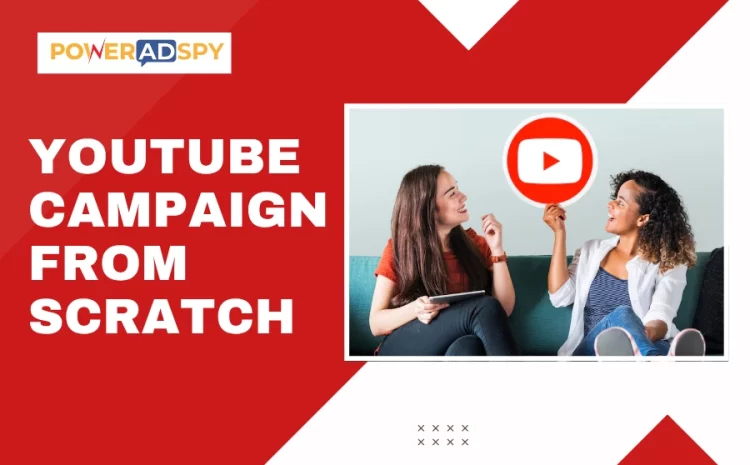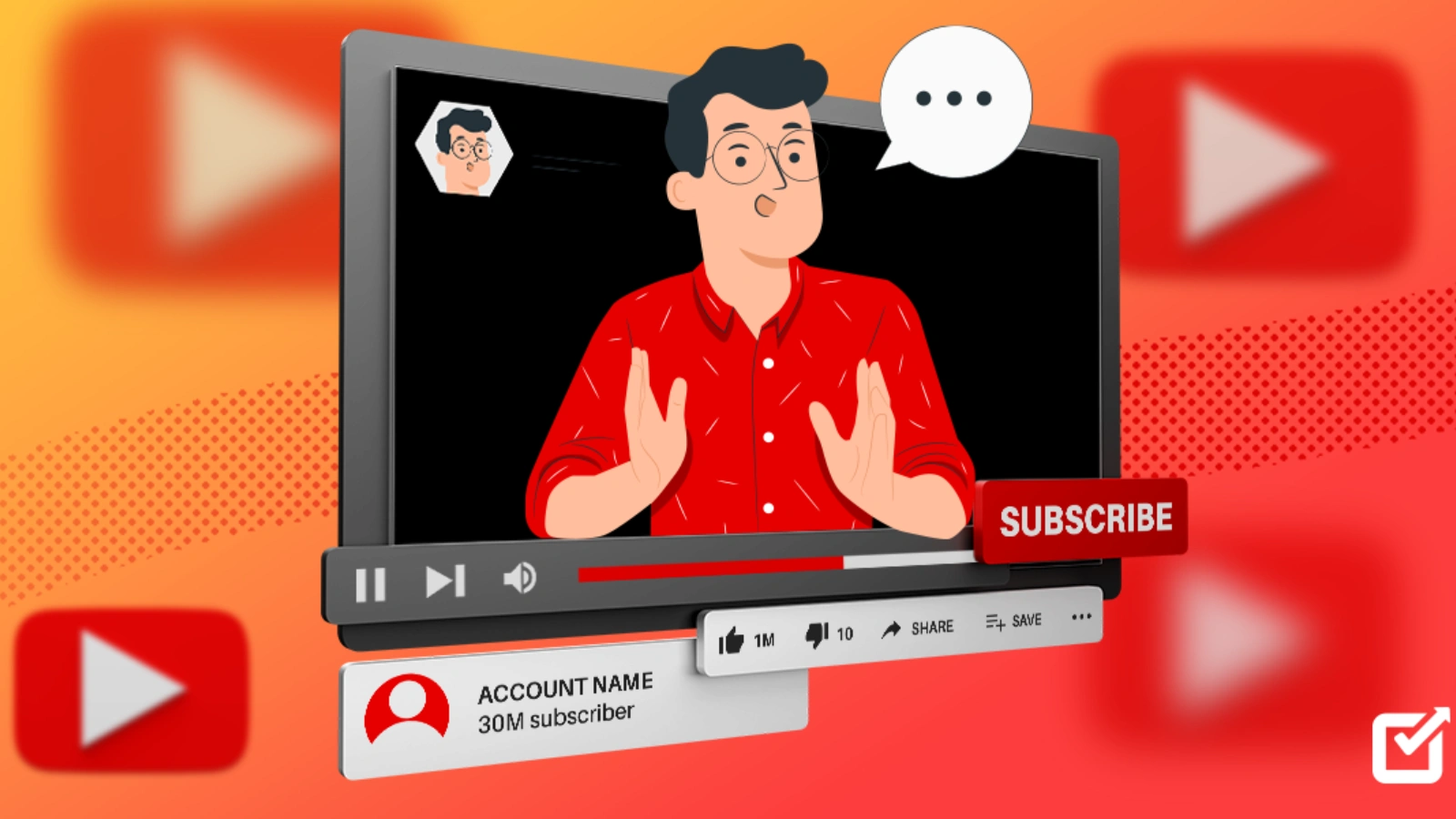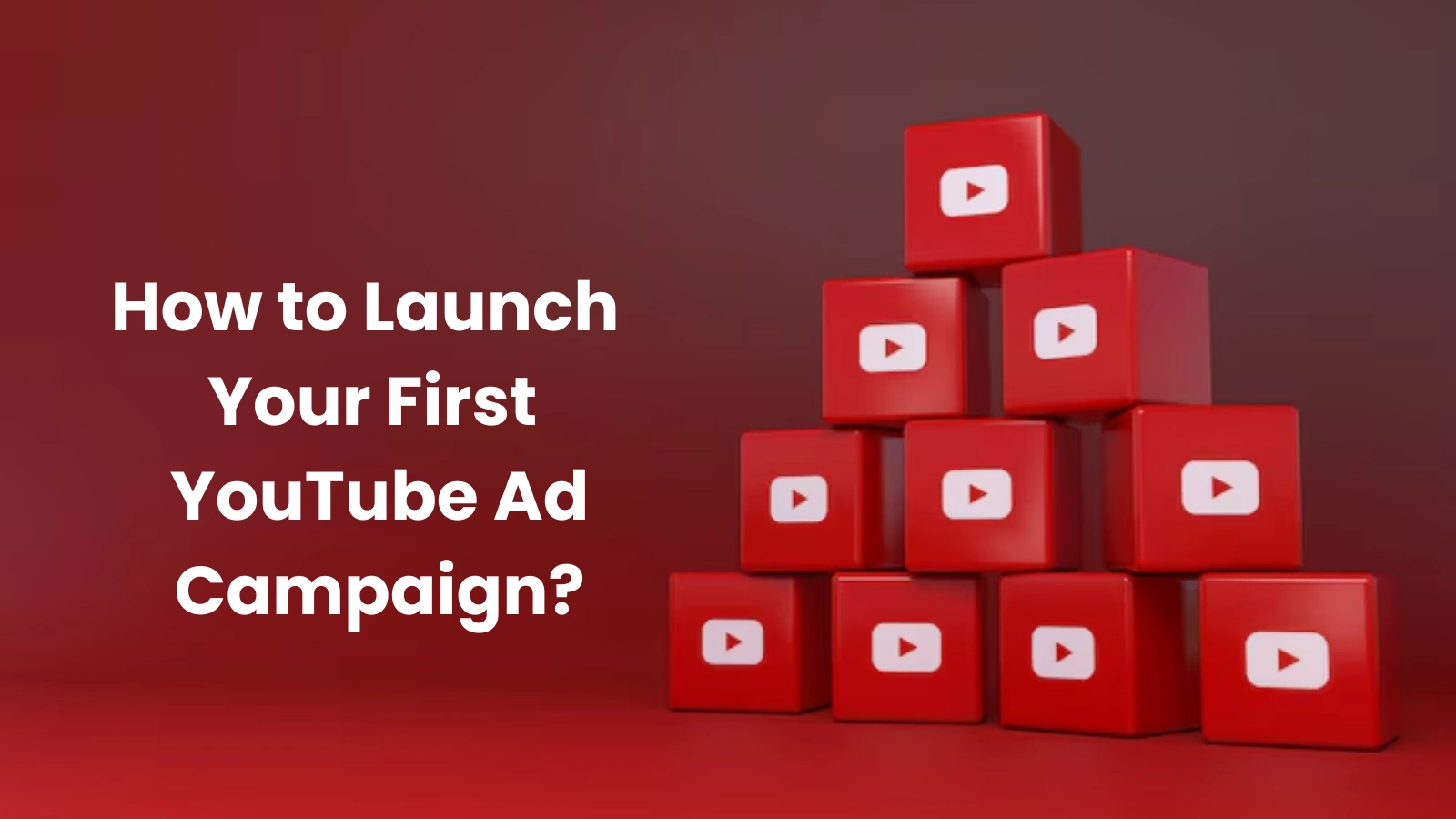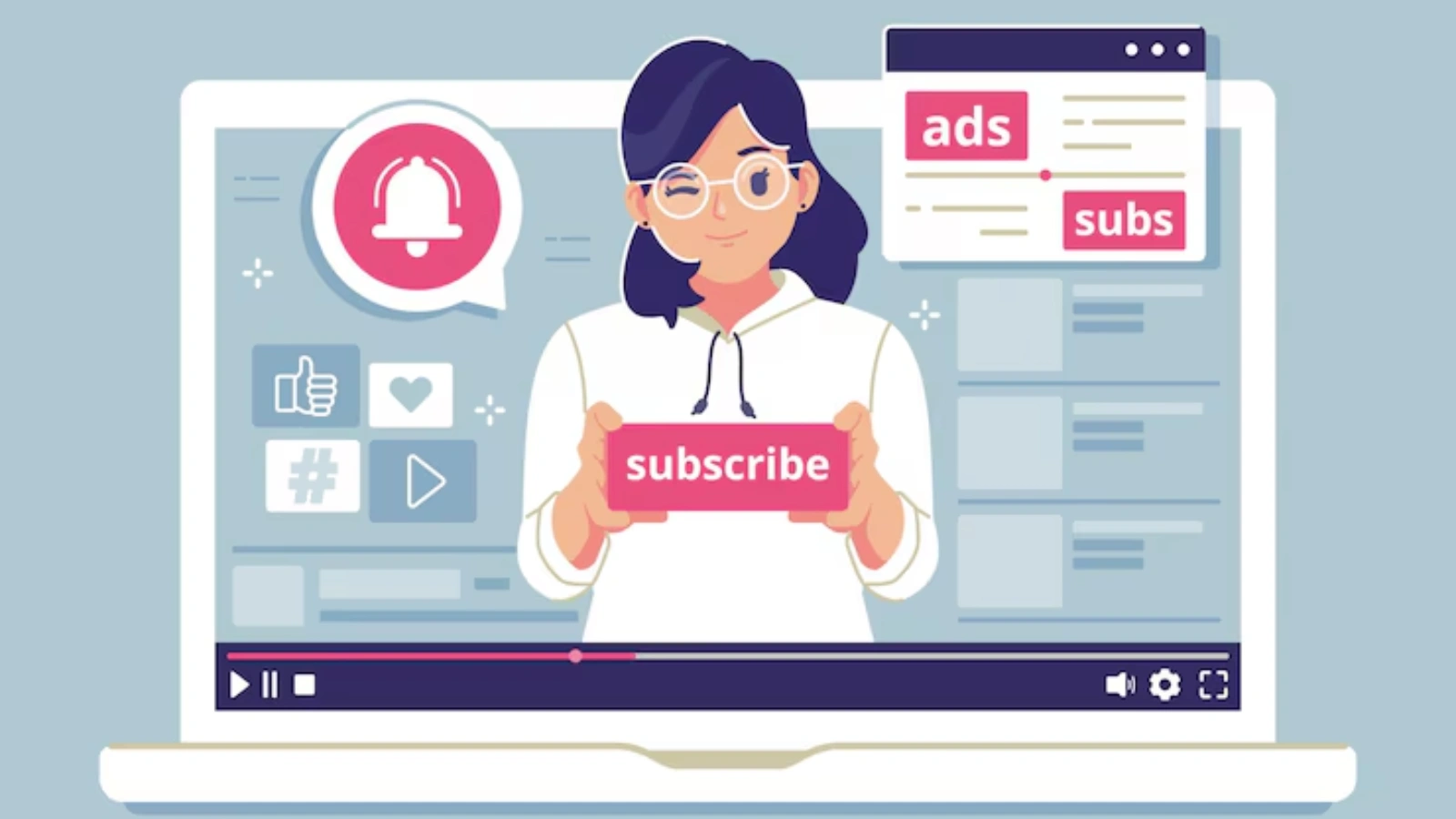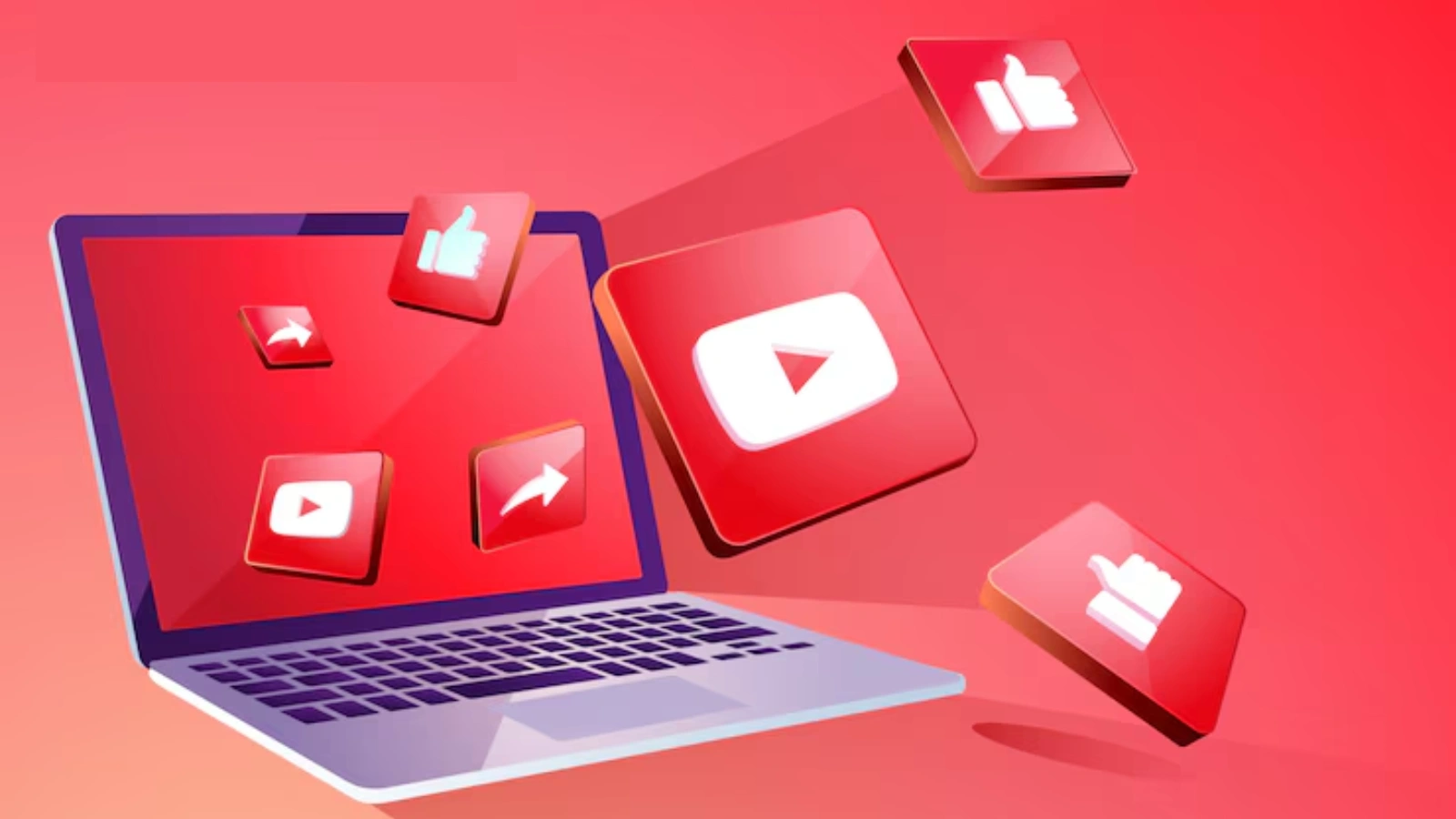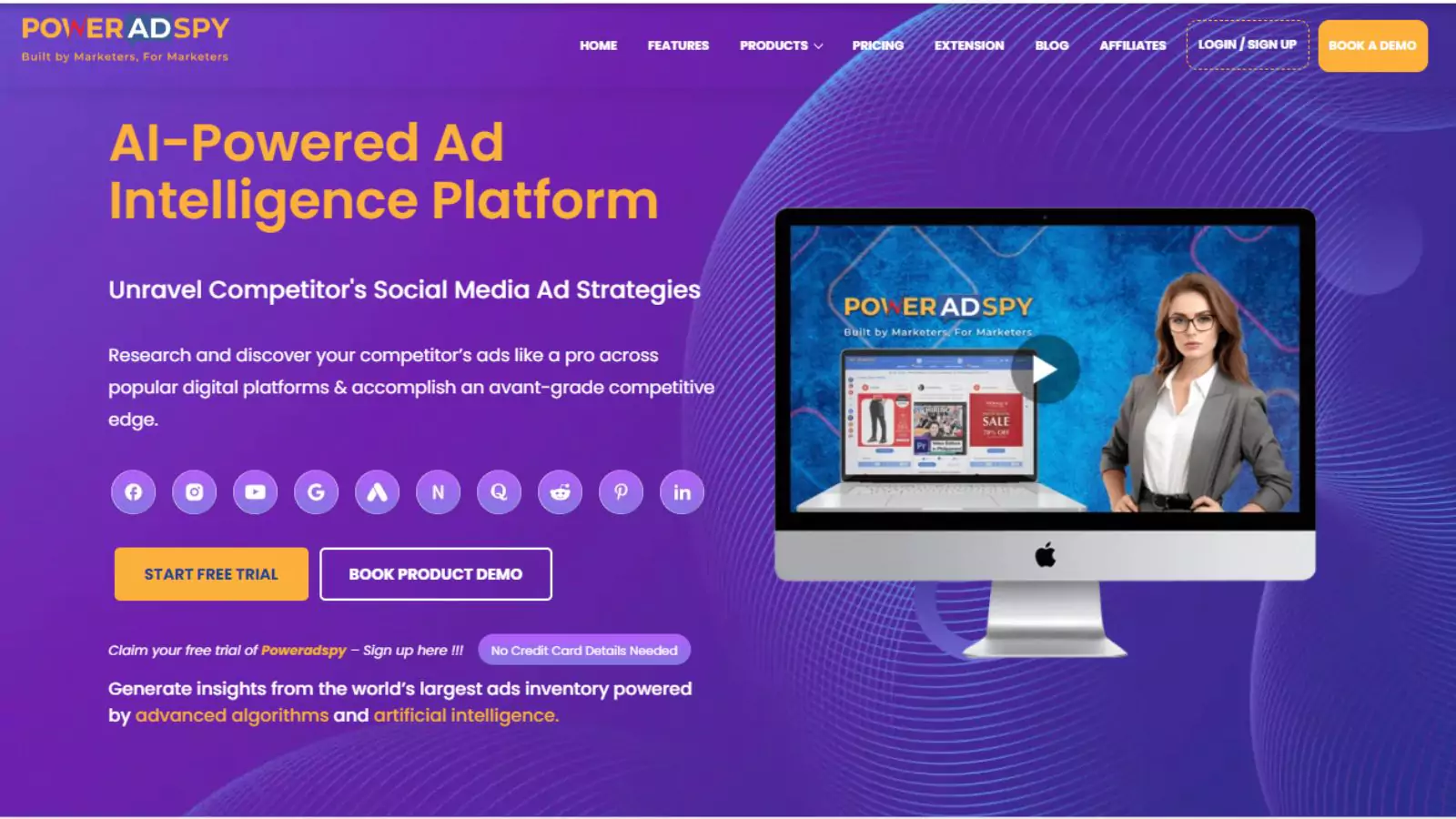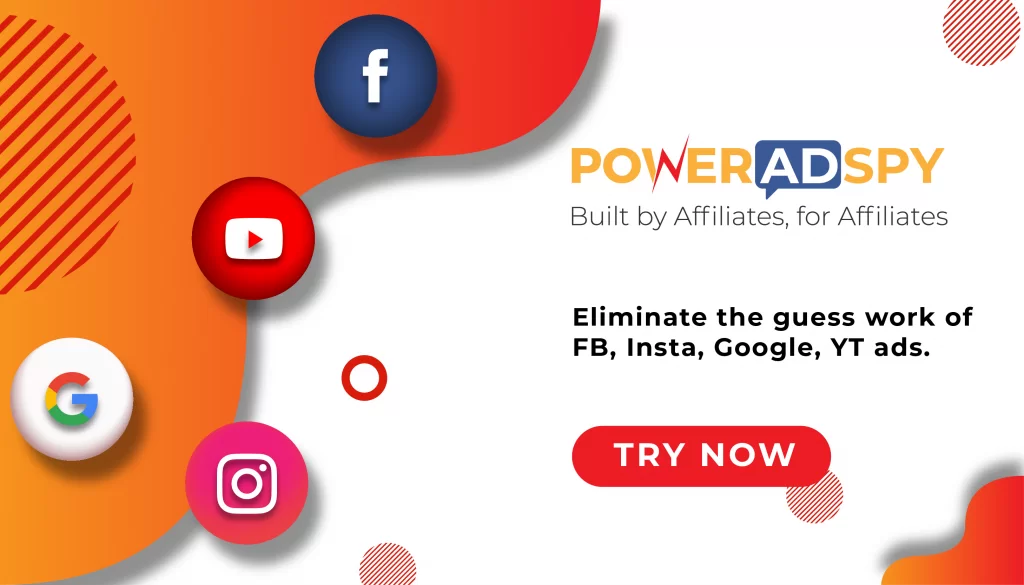How To Make An Effective YouTube Campaign From Scratch?
Running a successful YouTube campaign isn’t just a bonus anymore; it’s essential. With over 2.5 billion monthly users, the platform has become a central hub for watching content, learning something new, and staying entertained.
For marketers, this means direct access to one of the most active and diverse audiences online. In this guide, we’ll walk you through everything you need to know to plan, launch, and grow with video on YouTube in 2025. Whether your goal is to boost brand visibility or drive real conversions, you’ll find practical steps and proven tactics to help you make an impact where it matters most.
Why A YouTube Campaign Should Be In Your 2025 Marketing Strategy?
When done right, video marketing on YouTube holds incredible power, not just to capture attention, but to turn that attention into a lasting impact. Whether you’re looking to grow brand awareness, drive conversions, or connect on a deeper level with your audience, a well-executed YouTube video campaign provides a platform that supports all of these objectives.
What sets video apart? It’s immersive, memorable, and personal. Viewers don’t just scroll past it; they stop, watch, listen, and engage. That’s why YouTube continues to outperform other content formats in terms of engagement, retention, and return on investment.
Running ads on YouTube isn’t just a smart play; it’s a strategic advantage in a crowded digital landscape. Here’s what makes it so powerful:
- Unmatched Reach: With billions of monthly users, your message can scale globally or target a niche audience within a specific region; the choice is yours when planning a YouTube advertising campaign.
- Flexible Ad Formats: From skippable in-stream ads to bumper ads and YouTube Shorts, there’s a format to suit every goal and budget, making it easier to tailor your YouTube campaign for maximum impact.
- Precision Targeting: Tap into Google’s ad ecosystem to target users based on demographics, interests, search behavior, and even YouTube watch history.
- Performance-Driven Insights: You get access to real-time analytics, impressions, view-through rates, click-throughs, and more, giving you the power to refine and improve with every campaign.
More than just an ad space, YouTube is a space where stories connect, brands grow, and viewers become customers. It’s not about throwing a video online and hoping it sticks; it’s about strategy, relevance, and creating moments that matter.
How To Launch Your First YouTube Ad Campaign Optimization?
Step 1: Define Your Objective
Before diving in, be clear about what you want to achieve. Are you aiming to boost brand awareness, drive traffic to a landing page, increase product sales, or generate leads? Your video campaign objective will shape every decision, from targeting to creative.
Step 2: Set Up Google Ads
To run ads on YouTube, you’ll need a Google Ads account. Set one up and link it to your YouTube channel. This connection enables you to manage campaigns, track performance, and retarget viewers who engage with your content.
Step 3: Choose Your Ad Format
YouTube offers a variety of ad formats, each serving different purposes. Choose the one that aligns with your goals:
- Skippable in-stream ads (viewers can skip after 5 seconds)
- Non-skippable in-stream ads (ideal for stronger brand recall)
- Bumper ads (6-second non-skippable spots for quick impact)
- Discovery ads (appear in search results and related videos)
- Outstream ads (run outside of YouTube, on partner sites)
Step 4: Upload Your Creative
Create a compelling video that resonates with your target audience. Keep it engaging, on-brand, and concise. Whether it’s storytelling, product-focused, or testimonial-based, make sure it captures attention fast and drives action.
Step 5: Set Your Targeting
Leverage Google Ads’ powerful targeting options to reach the right people. You can target based on demographics, interests, search behaviour, past interactions, and even retarget website visitors. The more precise your targeting, the better your ROI.
Step 6: Launch Your Campaign
Set your campaign budget and bid strategy, then go live. Use YouTube and Google Ads analytics tools to monitor views, engagement, click-through rates, and conversions. Adjust your approach based on performance to optimize results over time.
How To Craft A YouTube Campaign Strategy That Works?
To truly stand out on YouTube, you need more than just a good video; you need a solid strategy tailored to your audience’s journey. A results-driven video marketing approach is built around three core stages of the customer funnel:
-
Top of Funnel (Awareness)
Create content that educates, entertains, or inspires. Think how-to videos, brand stories, or industry insights that spark curiosity and help people discover your brand without feeling like they’re being sold to.
-
Middle of Funnel (Consideration)
At this stage, your audience is evaluating options. Use product demos, case studies, behind-the-scenes clips, or customer testimonials to build trust and showcase value.
-
Bottom of Funnel (Conversion)
Here’s where you drive action. Launch videos with clear, compelling CTAs that encourage sign-ups, purchases, or inquiries. Keep the messaging direct and focus on how your product solves their specific problem.
Tips To Strengthen Your Strategy
- Lead with Impact: Hook viewers within the first 5 seconds to reduce drop-offs and boost engagement.
- Tell a Story: Emotionally driven storytelling makes content more memorable and builds a stronger brand connection.
- Add Clickable CTAs: Use annotations, cards, and end screens to guide viewers to the next step, whether it’s a site visit, a download, or a subscription.
- Repurpose Content: Turn top-performing content into shorter clips, reels, or vertical video formats for broader distribution across platforms.
How To Run An Ad Campaign On YouTube Like A Pro?
Mastering the art of YouTube advertising requires a data-driven approach and strategic execution. Here’s how to optimize your video ad efforts for stronger performance and better returns:
- Build Custom Audiences: Leverage Google Ads’ audience builder to create segments based on search intent, demographics, online behavior, and past interactions. This ensures your message reaches people who are most likely to engage.
- Track Key Performance Indicators (KPIs): Focus on metrics such as view-through rate (VTR), click-through rate (CTR), cost-per-view (CPV), and conversion rate. These indicators reveal what’s working and where adjustments are needed.
- Run A/B Tests: Test different versions of your video creatives, ad copy, CTAs, and landing pages. Even small tweaks in thumbnails, length, or voiceovers can yield significant performance improvements.
- Optimize Bidding Strategies: Start with automated bidding to gather initial data, then experiment with manual strategies like Target CPA or Maximize Conversions to control costs and improve efficiency.
- Use Retargeting Campaigns: Re-engage viewers who have interacted with your previous videos or visited your website. These warm audiences are more likely to convert when shown follow-up ads tailored to their interests.
By consistently refining each of these elements, you not only increase efficiency but also build a video ad strategy that delivers long-term value.
Also Read!
How To Improve Your Next YouTube Advertising Campaign In A Few Steps?
Tips For Optimizing YouTube Ad Performance
Ongoing optimization is the key to transforming a good video ad strategy into a high-performing, scalable success. Regular tweaks based on audience behavior and performance data can significantly boost results over time.
Proven Optimization Techniques:
- Design Attention-Grabbing Thumbnails & Titles: These are your first impressions. Use bold visuals, facial expressions, and emotionally resonant language in your titles to boost click-through rates.
- Refine Your Script: Analyze viewer retention data to identify drop-off points. Shorten or rework video scripts to deliver key messages earlier and hold attention longer.
- Audience Segmentation: Group viewers based on behavior such as previous interactions, watch history, or website activity. Tailor messaging to match where they are in the customer journey.
- Monitor Viewer Drop-Off: Use YouTube Analytics to track exactly where viewers stop watching. Address these weak spots by editing or rearranging content.
- Test Multiple Ad Durations: Not every message needs a full minute. Compare the performance of 6, 15, 30, and 60-second formats to find the sweet spot for engagement and conversions.
Each small adjustment, whether visual, verbal, or strategic, can contribute to better engagement, lower costs, and higher returns from your video ad efforts.
Best Practices For High-Impact YouTube Advertising
Creating an ad that grabs attention and drives results takes more than a flashy video; it requires strategic alignment between messaging, creative elements, and targeting. Follow these proven practices to maximize engagement and conversions:
1. Make the First 5 Seconds Unskippable (Mentally)
You have a very short window to capture attention before viewers decide to skip. Use a strong visual hook, a provocative question, or an unexpected moment right at the start. Place your key value proposition upfront to ensure it’s seen even if the ad is skipped later.
2. Customize Messaging by Audience Segment
Avoid using a one-size-fits-all script. Instead, tailor your content to different audience segments based on demographics, past behaviour, or search intent. For example, a returning visitor may need more specific product benefits, while a new viewer might require an introduction to your brand.
3. Maintain Brand Consistency Throughout
Visual identity is crucial in video ads. Include your logo within the first few seconds, maintain consistent colour schemes, and reinforce your brand tone through voice, music, and messaging. This not only boosts recall but also builds trust over time.
4. Use Action-Oriented and Specific CTAs
Generic phrases like “click here” don’t motivate action. Instead, use specific and compelling language such as “Get your free demo,” “Watch the full story,” or “Save your seat today.” Match the CTA to your campaign goal, whether it’s lead generation, purchases, or video views.
Aligning these best practices with your YouTube video campaign objective and using tools like PowerAdSpy is to refine your strategy, increasing the likelihood of turning passive viewers into active participants, whether that means clicking, subscribing, or buying.
Utilize YouTube Ad Spy Tool To Supercharge Your Video Campaign
Running a successful YouTube campaign starts with in-depth competitor insights, creative inspiration, and real-time performance data. PowerAdSpy equips you with everything you need to plan and execute high-performing video ads on YouTube.
Ad Position Filtering
Discover how your competitors place video ads on platforms like YouTube. Filter by placements such as in-stream, discovery, and mobile vs desktop to determine what works best in your niche, and replicate high-performing positions for better ROI.
Complete Ad Transparency
With PowerAdSpy, you can view live YouTube ad posts directly from the dashboard. Analyze real-time engagement, viewer interactions, and sentiment to understand how audiences are reacting to video creatives.
Massive Global Ad Database
Access millions of videos and display ads, including YouTube, from 100+ countries. This allows you to see what’s trending in your industry worldwide and gather creative ideas for your next campaign.
Precision Search Filters
Easily search for YouTube ads examples using niche-specific keywords, advertiser names, and even competitor domains. Instantly uncover top-performing ads from your rivals and gain insights into their strategies.
Bookmark Favorite Video Ads
Found a YouTube ad that aligns with your goals? Bookmark it with a single click and save it to your ad inventory. This lets you reference the best creatives later when planning your campaigns.
What Are The Common YouTube Campaign Mistakes To Avoid?
Even the most creative video won’t perform well if your strategy misses the mark. Watch out for these common pitfalls that can hurt your YouTube campaign’s success:
1. Ignoring Mobile Experience
With the majority of YouTube traffic coming from mobile devices, your video must be mobile-optimized. Use bold text, tight framing, and legible CTAs for small screens.
2. Using Broad Targeting
Avoid generic targeting settings. Leverage intent-based filters, remarketing, and custom audiences to reach viewers who are more likely to engage or convert.
3. Weak First Few Seconds
Skippable ads demand attention fast. Start with a hook, be it a question, benefit, or strong visual, to reduce skip rates and improve retention.
4. Not Tracking Drop-Off Points
YouTube’s analytics can show you where viewers lose interest. Use this data to cut weak spots and improve your message flow.
Avoiding these mistakes and using the right tools can significantly boost your YouTube campaign’s performance and ROI.
What’s Next: The Future Of YouTube Campaigns?
The landscape of YouTube advertising is rapidly evolving. As viewer behavior shifts and technology advances, marketers must stay ahead of the curve to keep campaigns effective and engaging. Here’s a look at what the future holds:
1. AI-Driven Personalization
Artificial Intelligence will play a central role in tailoring video content and ad delivery. Expect hyper-personalized video experiences, where everything, from the script to visuals, is dynamically adjusted based on viewer preferences, browsing history, and engagement patterns. This will boost relevance and drastically improve conversion rates.
2. Voice-Enabled Video Search Ads
With the growing popularity of voice search, YouTube will likely integrate voice-responsive ads. Users could interact with ads through simple voice commands, like “Remind me later” or “Send this to my phone,” making ads more accessible and user-friendly.
3. AR/VR Integrations
Augmented and virtual reality elements will soon become part of mainstream YouTube ads. Brands will allow users to virtually “try on” products, walk through real estate listings, or experience immersive brand stories, right from their mobile screens.
4. Predictive Campaign Insights
AI-powered tools not only optimize current campaigns but also predict what will work before you even launch. Platforms like PowerAdSpy and YouTube Ads Spy already help advertisers analyze high-performing ads and forecast trends using real-time engagement data.
Pro Tip: Stay updated with the latest ad features, viewer habits, and competitor tactics to keep your YouTube campaign ahead of the curve. The future is interactive, intelligent, and immersive; embrace it early to gain the advantage.
Final Thoughts:
Building a powerful YouTube campaign isn’t just about having a great video. It’s about strategic planning, intelligent targeting, constant testing, and learning from your competitors.
With tools like PowerAdSpy, you gain the competitive edge needed to run a data-backed, creative-rich, and ROI-optimized YouTube campaign. From campaign planning to ad spy intelligence, it’s your all-in-one solution.
So, whether you’re just starting or looking to scale, remember this: every successful YouTube campaign starts with insights and ends with impact.
FAQs
- How long should a YouTube video ad be for best results?
For maximum impact, keep your ad between 15–30 seconds. Shorter ads often hold viewer attention better and deliver stronger performance on mobile and skippable formats. - Do I need a high production budget to run a YouTube ad?
No. Even low-budget videos can perform well if they’re creative, clear, and audience-focused. Storytelling, relevance, and a strong CTA matter more than high-end production. - Can small businesses benefit from YouTube ads?
Absolutely. With flexible budgets and local targeting, small businesses can reach niche markets, generate leads, and compete effectively without massive ad spend. - How often should I update my YouTube ad creatives?
Refresh creatives every 4–6 weeks or when performance drops. Testing new visuals or messaging regularly keeps your campaign engaging and avoids viewer fatigue.

